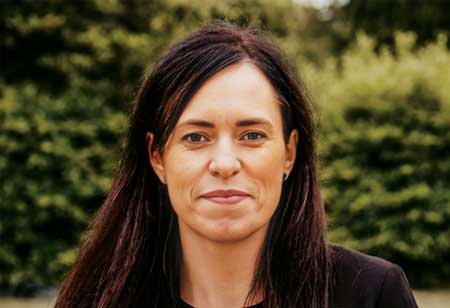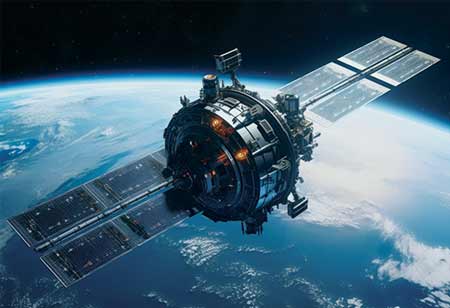THANK YOU FOR SUBSCRIBING

Construction Industry and the New World
Thomas Gröninger, Head of Division Digital Object Survey & UAV, STRABAG AG

 Thomas Gröninger, Head of Division Digital Object Survey & UAV, STRABAG AG
Thomas Gröninger, Head of Division Digital Object Survey & UAV, STRABAG AGOld-given structures, many employees, local production, high fixed costs, and large investment capital are mostly part of old economy business models. Industries have to rethink now.
The challenge of the construction industry lies in the business models of the future. Soon, it will surely be over with the solid and conventional model. The construction industry has been trying for years to catch up with the level of digitalisation of other industries, e.g., the automotive industry. In the meantime, the requirements from other sides, such as public sector clients, have also been increasing.
Why does the Construction Industry Actually Need to be Digital and Innovative?
There are multiple reasons for this. On the one hand, we are gradually working on digital standards, such as BIM, for public tenders, and on the other hand, we want to make our processes more efficient to maintain our competitiveness on the market. Developing new, flexible, and scalable business models and optimising old business models with a future-oriented focus is the challenge.
Diversification in different business areas creates a stable economic position and makes companies solid.
In addition to the need for digitalisation and related activities such as change management, the topic of innovation, of course, plays a major role.
It is not just about finding new technologies, the added value behind the process must be focused on
Technology scouting, proof of concept, technology integration, etc., are bit by bit gaining importance in construction life. It is not just about finding new technologies, the added value behind the process must be focused on. Let’s take an example: Why does a construction company buy a machine control system and transfer gathered data to a cloud? Not because the process is digitised with it, or because it can produce cleaner edges with an excavator. The added value lies in being able to provide owed services to the client more quickly. In the end, time will be saved—and time is money. The question of “return on investment” stands behind every investment and always requires closer attention.
People and Technology
In 2015, STRABAG created a digital unit in the area of 3D mapping, which takes care of geodata acquisition, mass data evaluation, and data provision.
If we look at the topic of geospatial data, we also have to look at the construction process. Geodata is not only a constant companion in the lifecycle of a building, but is also an accompanying process in the construction phase, from calculation up to accounting. It is easy to see that there is a lot of potential for optimisation in this area.
STRABAG 3D Mapping Services have made this their business and nowadays integrate new mapping technologies worldwide while being a service provider for data acquisition and data analysis for geodata on the internal and external market.
Technology scouting, proof of concept, technology integration, etc., are bit by bit gaining importance in construction life. It is not just about finding new technologies, the added value behind the process must be focused on. Let’s take an example: Why does a construction company buy a machine control system and transfer gathered data to a cloud? Not because the process is digitised with it, or because it can produce cleaner edges with an excavator. The added value lies in being able to provide owed services to the client more quickly. In the end, time will be saved—and time is money. The question of “return on investment” stands behind every investment and always requires closer attention.
People and Technology
In 2015, STRABAG created a digital unit in the area of 3D mapping, which takes care of geodata acquisition, mass data evaluation, and data provision.
If we look at the topic of geospatial data, we also have to look at the construction process. Geodata is not only a constant companion in the lifecycle of a building, but is also an accompanying process in the construction phase, from calculation up to accounting. It is easy to see that there is a lot of potential for optimisation in this area. STRABAG 3D Mapping Services have made this their business and nowadays integrate new mapping technologies worldwide while being a service provider for data acquisition and data analysis for geodata on the internal and external market.
Read Also
Bridging AI and Construction: How Model Context Protocol Is Transforming AEC Workflows
Bringing Information Security to the Core
Data-Driven Approach For More Efficient And Low-Emission Infrastructure Construction And Maintenance
Social Value: Investing in the Legacy of our Projects
Opportunities Offered By Satellite Technology And Low Earth Orbit To The Construction Industry
Bridging Al and Construction: How Model Context Protocol is Transforming AEC Workflows

 Copyright © 2025 All Rights Reserved | by:
Copyright © 2025 All Rights Reserved | by: Construction Tech Review
| Subscribe | About us | Sitemap| Editorial Policy| Feedback Policy














